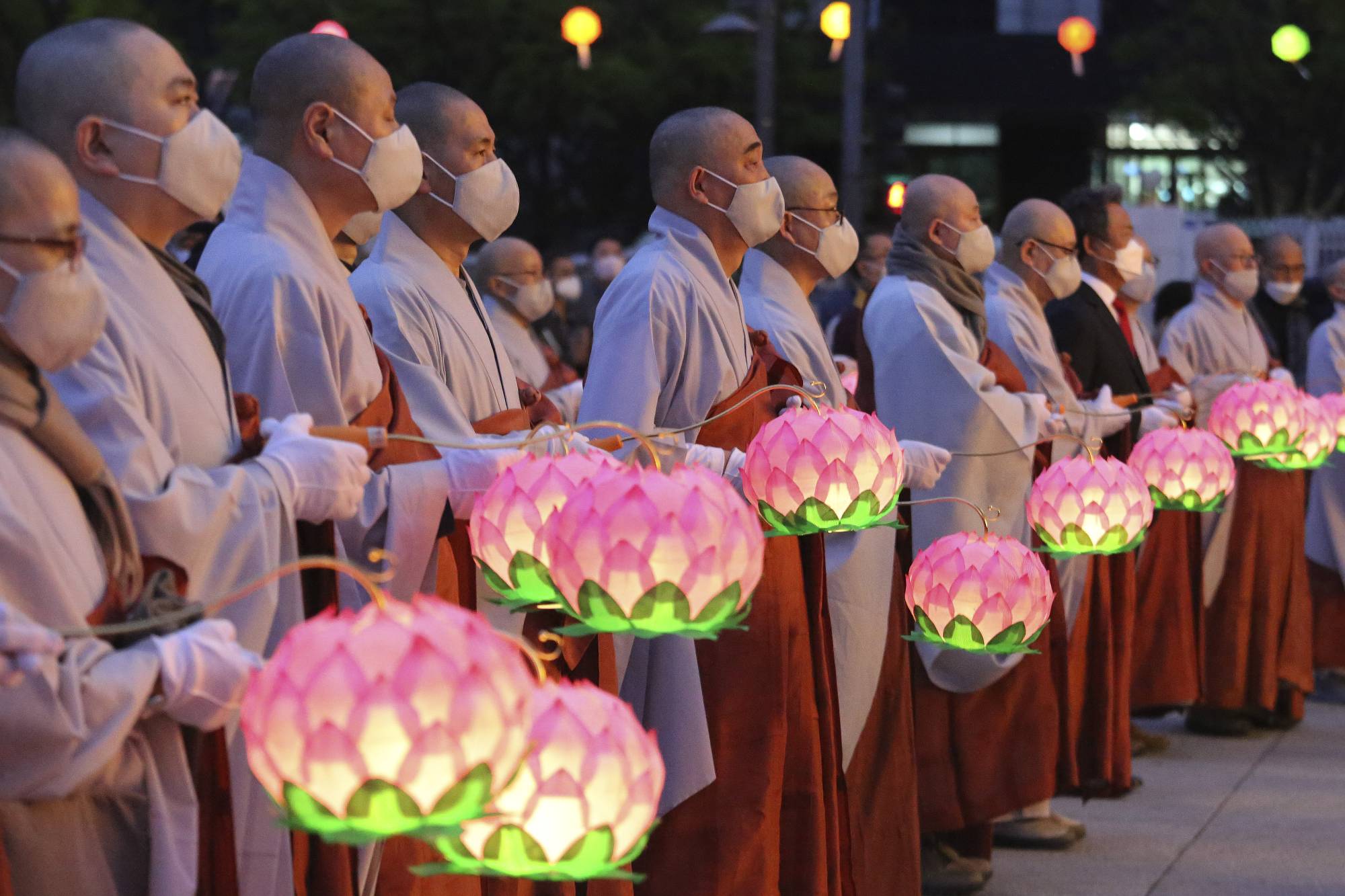South Korea experienced one of the world’s largest initial outbreaks of COVID-19 outside China. But, unlike the United States and many European countries, we have been able to contain and drastically reduce the spread of the virus, at least so far — and without imposing a nationwide lockdown. Our response may provide insights that can help other governments and civil society groups working to combat the pandemic.
So, how did we do it?
As is widely known, South Korea’s government focused on aggressive testing and contact tracing to contain community transmission, and established a strict triage system to protect health care workers. But testing and tracing alone did not stop the spread of the virus. The country’s civil society — including nongovernmental organizations and trade unions — played a critical role by monitoring the situation closely, helping to hold the authorities accountable and reaching the most vulnerable social groups.



